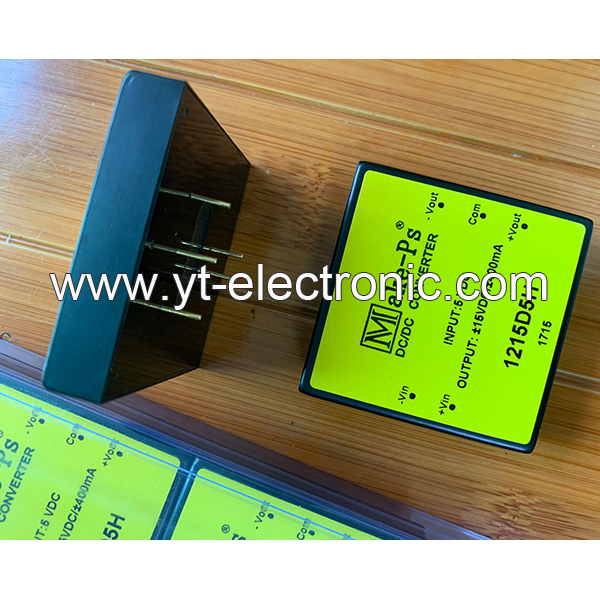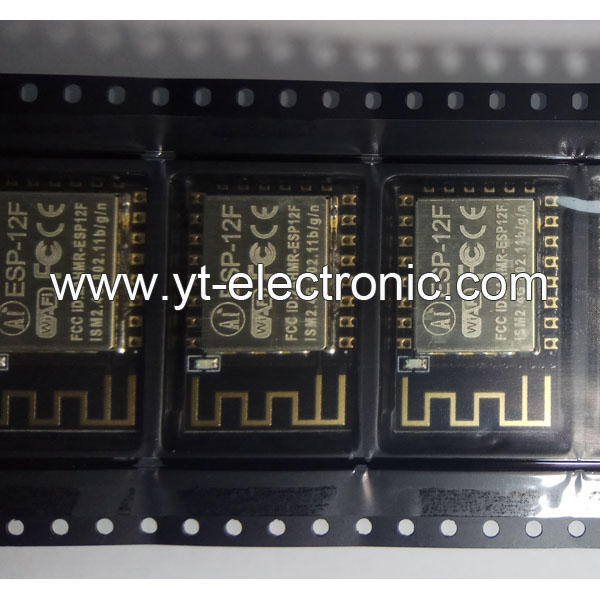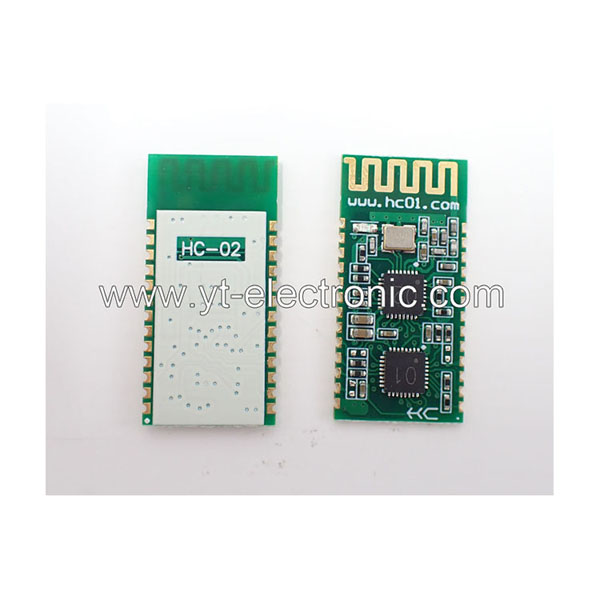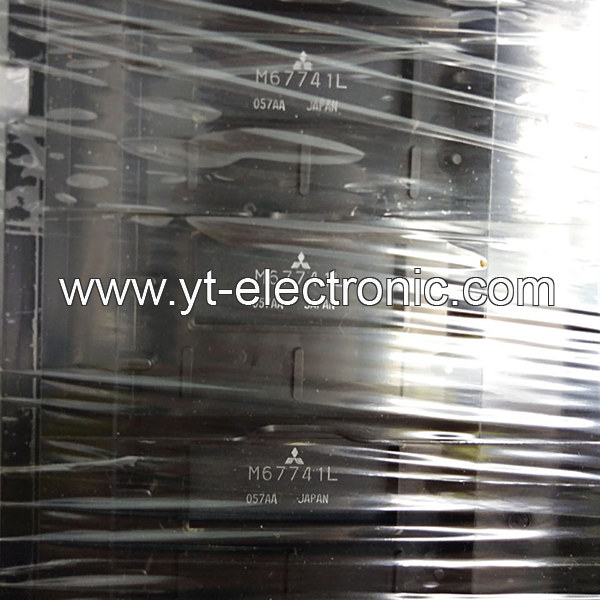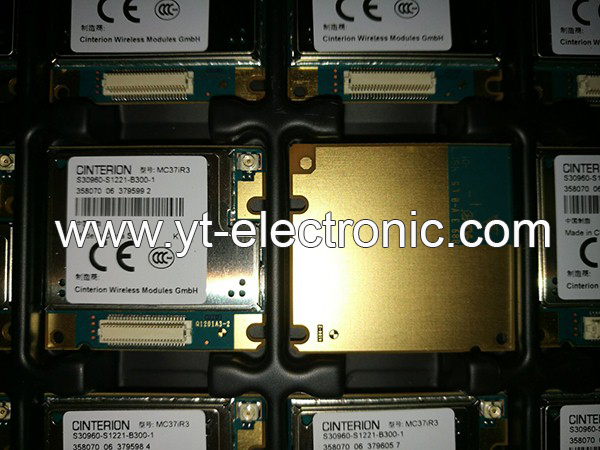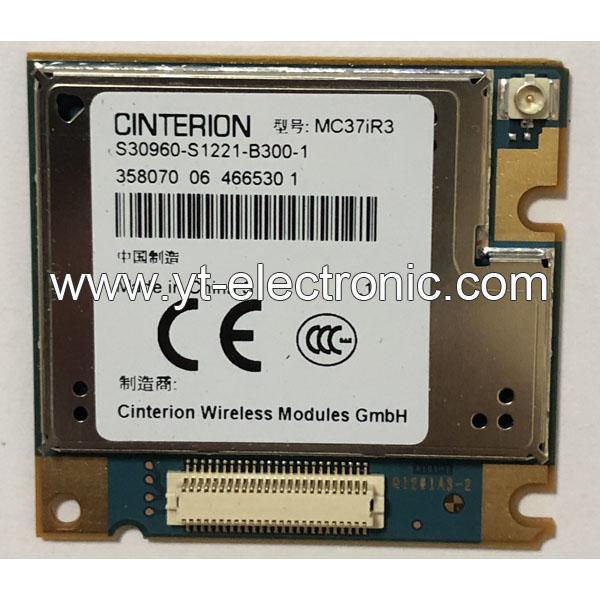Memory – Modules, Cards
Memory – Modules, Cards mainly refer to integrated memory modules and memory card products, whose core function is to provide high-performance, high-density data storage solutions for various electronic devices.
1. Overview
Memory Modules
Usually, multiple memory chips (such as DRAM or SRAM) are integrated on a PCB substrate and connected to the main system through a standardized interface. For example, memory sticks (DIMM/SO-DIMM) belong to this category. Multiple DRAM chips form a super-cell array inside, and data addressing is achieved through row and column addresses (RAS/CAS).
Memory Cards
Including portable storage media such as CompactFlash and SD cards, using flash memory technology (such as NAND Flash) to achieve non-volatile data storage, suitable for mobile devices or embedded systems.
2. What the Main Types of Memory Modules and Cards?
Dynamic Random Access Modules (DRAM Modules)
Such as DDR4/DDR5 memory sticks, which increase the data transmission rate through synchronous clocks and are widely used in computer main memory.
Static Random Access Modules (SRAM Modules)
Applicable to high-speed cache scenarios, due to the low latency characteristics of the bistable circuit design, but the cost is relatively high.
Specialized Memory Cards
Such as the industrial-grade OMG-COMM8-PCI card, which supports specific protocols (such as CompactPCI) and is used in communication equipment or industrial control systems.
3. Brands and Manufacturers for Memory Modules and Cards
Mainstream brands
Kingston, Samsung, Micron, etc. provide standardized memory modules; Dataram, Meritec, and other manufacturers focus on customized storage solutions.
Technical Features
High-end modules use heat sink packaging (such as FBD-533 memory) and support ECC verification to improve data reliability.
4. What are Memory Modules and Cards Used for?
Servers and Data Centers
Large-capacity RDIMM/LRDIMM modules are used to increase server memory bandwidth and capacity.
Embedded Systems
Memory cards such as CompactFlash are suitable for IoT devices and industrial controllers due to their small size and low power consumption.
Consumer Electronics
DDR memory sticks and SD cards are widely used in terminal devices such as PCs and smartphones.
The technological evolution direction of such products is higher density (such as 3D stacking technology), lower power consumption (LPDDR5), and higher speed interface (PCIe 5.0).
Memory Modules and Cards FAQs
1. How do you choose memory modules and cards?
Capacity: Choose according to the device requirements, for example, 4K/8K video shooting requires 128 GB and above.
Speed level: Pay attention to the write speed (such as V30, V60) to ensure smooth HD video recording.
Compatibility: Confirm the card types (such as SDXC and microSDXC) and maximum capacity limits supported by the device.
2. What is the Relationship between memory cards and passive components?
The memory card is composed of NAND flash memory chips (passive components) and control circuits (active components) and is a hybrid electronic component.
The core storage unit relies on semiconductor technology and meets the basic characteristics of integrated circuits (ICs).
3. How to maintain memory modules and cards?
Formatting: Format in the device before first use to avoid compatibility issues.
Data backup: Export content regularly to prevent data loss due to physical damage.
Avoid extreme environments: High temperature, humidity or magnetic fields may affect the life of the memory card.

